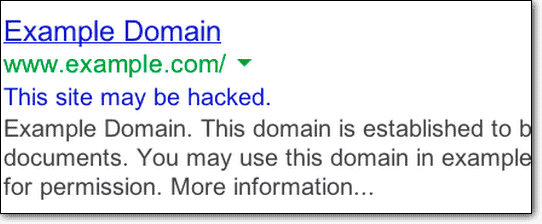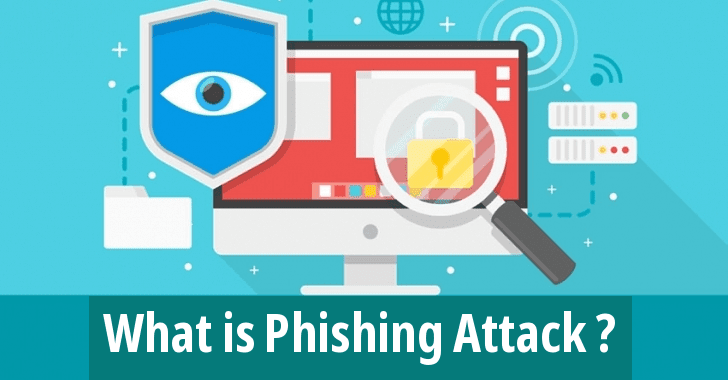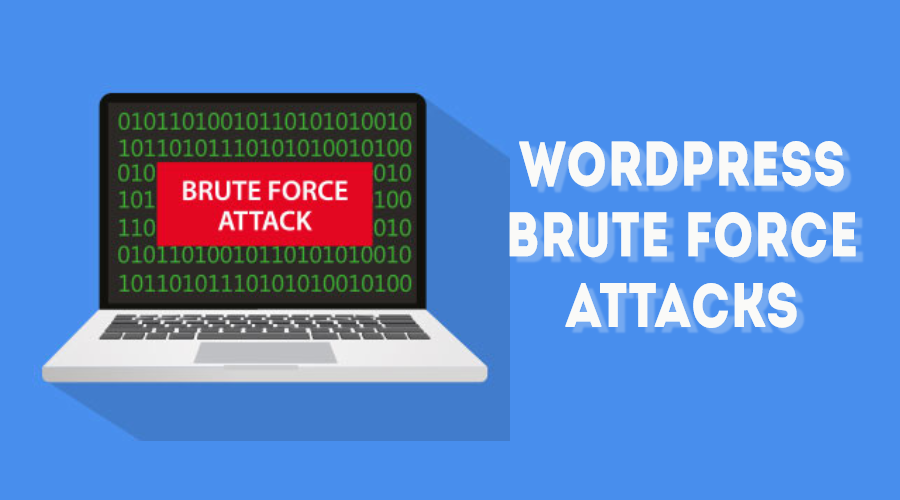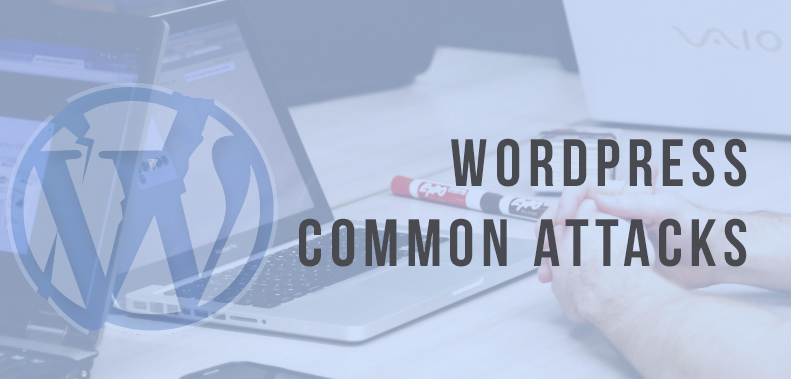WordPress is a popular and versatile content management system (CMS) that allows individuals and businesses to create and manage websites with ease. Originally designed as a blogging platform, WordPress has evolved into a powerful tool for building various types of websites, ranging from simple blogs to complex e-commerce sites and corporate pages.

The realm of cybersecurity remains a consistently trending topic, particularly in today’s context. For those who own a WordPress site, prioritizing robust security measures is of utmost significance to safeguard your site against potential threats both now and in the future.
In this article, we will explore the common types of attacks that WordPress sites face, the potential risks associated with each, and the steps you can take to protect your website against these threats.
Table of Contents
WordPress Attacks & Stop Them
WordPress is a popular content management system, but its popularity makes it a target for various types of attacks. Here are some common WordPress attacks and strategies to prevent them:
XSS attacks
Cross-Site Scripting (XSS) is a type of security vulnerability that can affect WordPress websites. XSS attacks occur when an attacker injects malicious scripts into web pages that are viewed by other users. These scripts can then be executed in the context of the victim’s browser, potentially leading to the theft of sensitive information, session hijacking, or other malicious activities. In the context of WordPress, XSS attacks often target user input fields, comment sections, or areas where users can submit content.

Protect from XSS attacks
Protecting your website from Cross-Site Scripting (XSS) attacks is crucial for maintaining the security and integrity of your site. Here are several measures you can take to help prevent XSS attacks:
- Validate and sanitize all user inputs, including data from forms, URLs, and cookies. Ensure that input data adheres to the expected format and type.
- Implement a Content Security Policy to restrict the types of content that can be executed on your website.
- Avoid using user input directly in JavaScript or allowing untrusted sources to generate script content.
- Employ security plugins that specialize in protecting against XSS attacks. These plugins may offer additional layers of protection and monitoring.
- Use HTTPS to encrypt data transmitted between the server and users’ browsers. This helps prevent attackers from injecting malicious scripts during data transmission.
SQL injection attacks
SQL injection is a type of security vulnerability that occurs when an attacker is able to manipulate or insert malicious SQL code into a query. This can lead to unauthorized access to a database, data manipulation, and in some cases, complete control over a web application or website. SQL injection attacks are particularly dangerous and can have serious consequences if not properly mitigated.

Protect from SQL injection attacks
- Utilize parameterized statements or prepared statements provided by your programming language or framework. This ensures that user input is treated as data and not executable SQL code.
- Validate and sanitize user input on both the client and server sides. Ensure that input adheres to expected formats, types, and lengths.
- Use the principle of least privilege for database accounts. Grant only the necessary permissions required for specific tasks.
- Implement stored procedures in your database to encapsulate and control access to data. This can help prevent SQL injection by defining specific routines for database interactions.
- Deploy a Web Application Firewall to monitor and filter HTTP traffic between a web application and the internet. A WAF can detect and block SQL injection attempts, providing an additional layer of protection.
Spam link injection attacks
Spam link injection attacks involve the unauthorized insertion of spammy or malicious links into a website’s content, typically in an attempt to manipulate search engine rankings, redirect users to malicious sites, or promote spammy content. These attacks can have various forms, and attackers may exploit vulnerabilities in a website’s security to inject their links.

Protect from Spam link injection attacks
- Keep your website’s software, including the CMS, plugins, and themes, up to date. Regularly check for updates and apply them promptly, as developers release patches to address vulnerabilities.
- Enforce strong authentication practices. Use complex passwords and consider implementing two-factor authentication (2FA) for added security. Limit the number of users with administrative privileges.
- Validate and sanitize user inputs thoroughly. Ensure that user inputs are free from malicious code by using validation functions and libraries. This helps prevent attackers from injecting harmful links.
- Implement a Content Security Policy on your website. CSP allows you to define which resources (scripts, styles, etc.) are allowed to be loaded, reducing the risk of unauthorized scripts and links.
- Choose a secure hosting provider and ensure that your server is properly configured. Regularly review and update server settings to maintain a secure hosting environment.
Phishing attacks
Phishing attacks are one of most attack to WordPress. It deceptive attempts by malicious actors to trick individuals into divulging sensitive information, such as usernames, passwords, credit card numbers, or other personal data. These attacks often involve the use of fraudulent emails, messages, or websites that mimic legitimate sources, aiming to appear trustworthy.

Protect from Phishing attacks
- Enable SSL/TLS encryption for your website. This ensures that data transmitted between the user’s browser and your server is encrypted, making it more difficult for attackers to intercept sensitive information.
- Provide clear and concise information to your users about the risks of phishing attacks. Educate them on how to identify phishing attempts, such as checking for secure connections (HTTPS) and verifying the legitimacy of emails, links, and communications
- Implement email authentication mechanisms such as SPF (Sender Policy Framework) and DKIM (DomainKeys Identified Mail) to help prevent email spoofing and phishing emails that impersonate your domain.
- Use DMARC to further enhance email security. DMARC helps prevent domain-based phishing attacks by providing a policy to ISPs on how to handle emails that fail authentication checks.
- Implement Multi-Factor Authentication wherever possible, especially for sensitive areas of your website. MFA adds an extra layer of security by requiring users to provide multiple forms of identification.
Brute-force attacks
Brute-force attacks are attempts by malicious actors to gain unauthorized access to a system or account by systematically trying all possible combinations of passwords or encryption keys until the correct one is found. These attacks can target various login interfaces, such as websites, email accounts, or network systems. Protecting against brute-force attacks involves implementing security measures to make it more difficult for attackers to guess passwords successfully.

Protect from Brute-force attacks
- Encourage users to create strong, complex passwords that include a mix of uppercase and lowercase letters, numbers, and special characters. Discourage the use of easily guessable passwords.
- Set up account lockout policies to temporarily lock user accounts after a specified number of consecutive failed login attempts. This prevents attackers from making numerous guesses and protects against brute-force attacks.
- Implement two-factor authentication to add an extra layer of security. Even if an attacker obtains the correct password, they would still need a second form of verification.
- Implement rate limiting to restrict the number of login attempts from a single IP address within a specific timeframe. This helps prevent automated brute-force attacks by slowing down the guessing process.
- Avoid using easily guessable usernames like “admin” or “root.” Instead, use unique and non-standard identifiers to make it more challenging for attackers to guess login credentials.
Why is WordPress a popular target for hackers?
WordPress serves as a website-building platform, allowing individuals to create websites effortlessly, even without coding knowledge. Additionally, it comes at no cost. As a result, WordPress currently powers over 1.3 billion active sites.
Despite its widespread use, WordPress websites are more susceptible to targeting compared to those built on alternative platforms. However, it’s crucial to note that WordPress stands out in robustness. Many challenges faced by other platforms have long been addressed by WordPress. Most vulnerabilities in WordPress sites are now primarily associated with plugins and themes rather than the core.
While WordPress remains a frequent target, its advantages can be fully harnessed by prioritizing security. A prudent step in this regard is the installation of MalCare, a security plugin equipped with a firewall, scanner, and built-in malware removal.
Final thoughts
In conclusion, prioritizing the security of your WordPress site is crucial to ensure its continuous operation and to uphold the trust of your visitors. A comprehensive understanding of the various threats that WordPress sites may encounter, ranging from XSS and SQL injections to DDoS and phishing attempts, equips you with the knowledge needed to implement effective protective measures.
This is where the significance of a security plugin like MalCare comes into play. MalCare stands out as a WordPress-specific plugin, offering formidable defense against both known vulnerabilities and attacks, as well as zero-day exploits. Its robust firewall, advanced malware scanning and removal capabilities, along with robust bot protection features, establish it as a formidable entity within the WordPress ecosystem.



